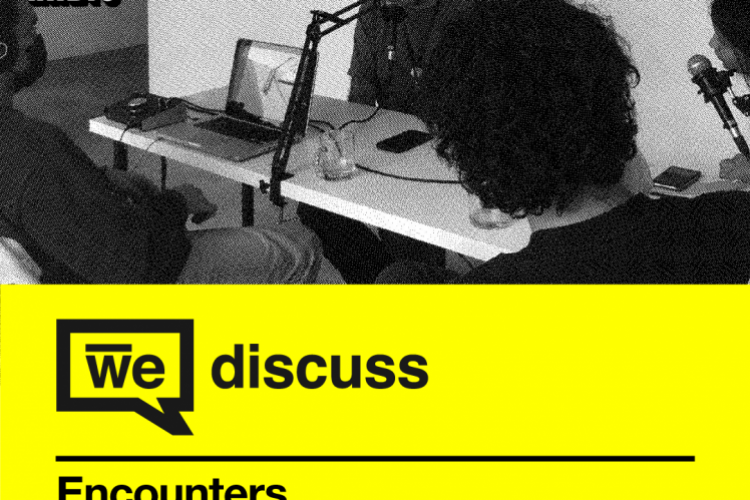




Despite the pervasiveness of music in our daily lives, last night’s discussion proved that there music is made up of multiple layers. In order to understand music, knowing what or who we enjoy listening to is not enough. Below are some of the points that were brought up during last night’s discussion:
– Because music is so difficult to describe, the most important thing is often our reactions. Those reactions are the most crucial part of music.
– The musical experience – that is, our listening habits – are mood-based. It is usually the case that we look for songs that would intensify our emotions at the time. Music, in a way, amplifies and perhaps even justifies our feelings.
– Instrumental music vs. songs: both songs evoke different feelings and reactions. The former often conjures impressions whereas the latter produce a clear image/narration.
– On the social significance of music: we typically listen to music that we can relate to. Music does not only affect a person on an individual level, but also at a more collective and cultural level. Dangdut, for instance, usually includes lyrics that tell the story of a person’s life in a given socio-economic context.
– Stereotypes affect how we listen to music, and whose music we listen to.
– Our appreciation towards music is often related to time. This is perhaps why the idea of a “generation” is very strong in the context of music. People who have gone through similar social experiences are more likely to relate to the music produced during a particular era.
– DJing is both active and passive since the DJ plays as s/he listens to the music.
– On sampling and originality: sampling is not a second-rate pursuit in music as it involves the active selection of existing material to create something new.
– It is difficult to separate music and the creators (though sometimes it depends on the genre).
– Music is first and foremost a form of entertainment; the message can come later (once the listener has familiarized his/herself with the music).
– Music is intrusive. It is not like text, a medium that allows people to choose their involvement with it.
– In live performances, musicians can get direct feedback from the audience. It is possible to have an interaction.
– In addition to the romance associated with the physicality of vinyl records, they are useful for documentary purposes whereas digital files that are distributed through the Internet increase the accessibility of music (by an audience that will most likely consists of diverse cultural and socio-economic backgrounds). In short, each medium or “vessel” has its own purpose. One can’t simply say that one medium is more superior to the other.
– Technological advancement opens doors to new ways of understanding and appreciating music (e.g. smartphone apps that help users experience a song in an innovative way). And the more our old and current mindsets adjust to the development of technology, the more ways we’ll create to make and share music.
Your feedback would be greatly appreciated, so please feel free to tweet us @wjournal or send us an e-mail to contact@whiteboardjournal.com with the subject title “We Discuss #8.”
We would like to thank those who came and contributed to the discussion. We hope to see you again at next month’s session! Look out for announcements and related updates on next discussion. Check our website, Facebook page, as well as our Twitter and Instagram accounts!











